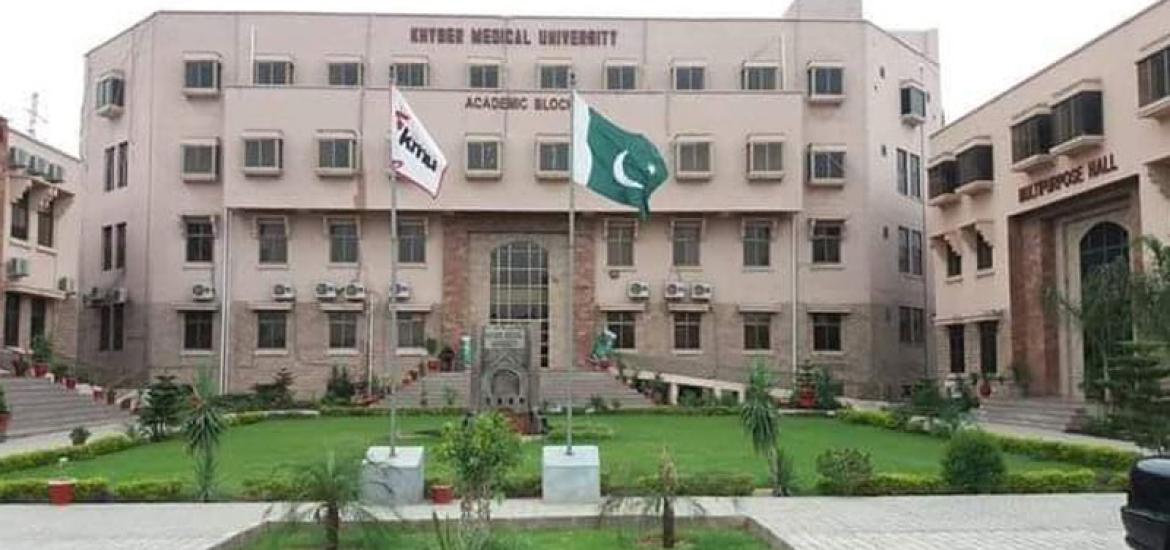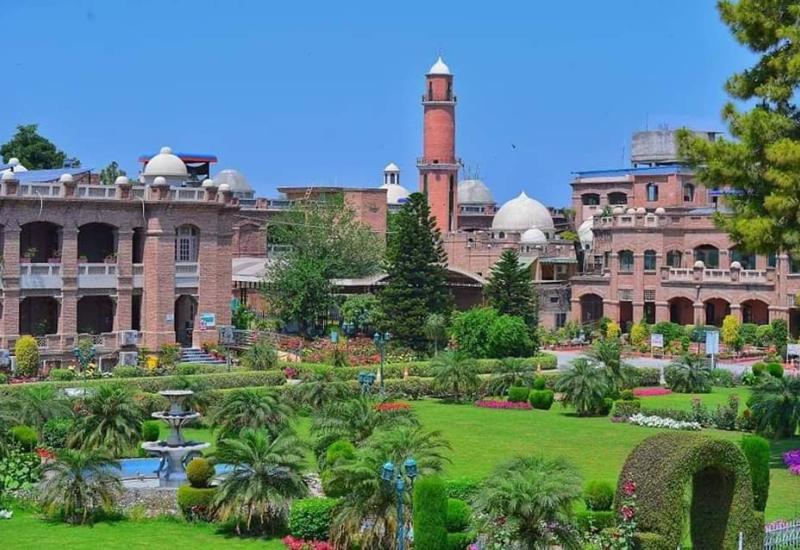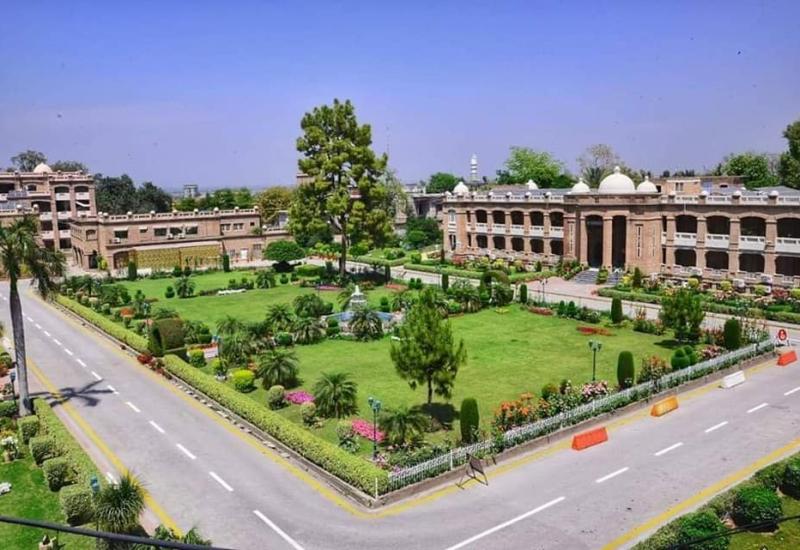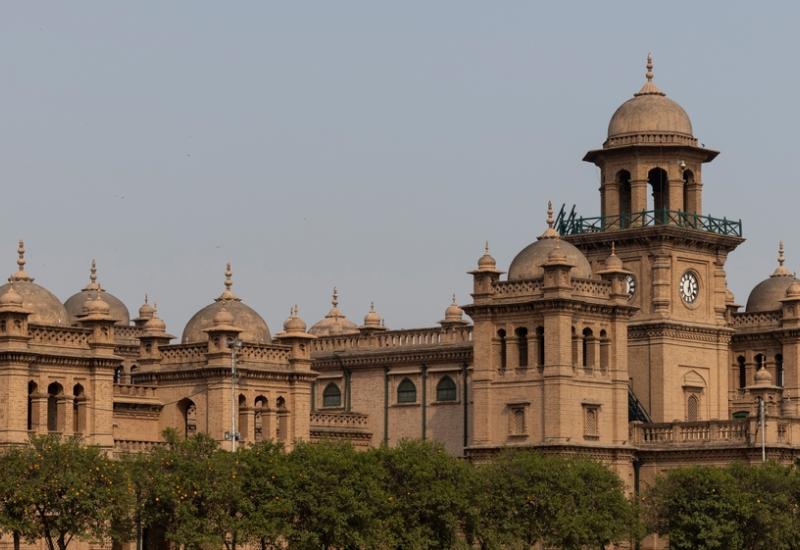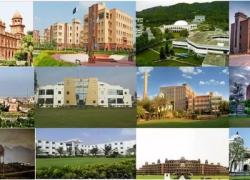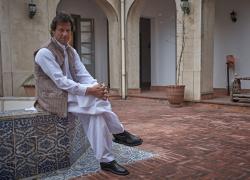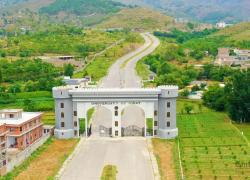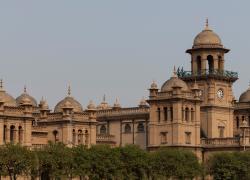The KMU offshore campus in Kabul: Another milestone for the emerging university
Khyber Medical University (KMU), Peshawar being the sole public sector medical university in the province accomplished numerous milestones in the recent past concerning standardization, uniformity and enhancing the quality of medical and allied health sciences education in the province. The university expanded from a humble presence with only two constituent institutes and a few dozen students on the roll in 2010 to one of the leading universities in the field of medical and allied health sciences in the region having satellite campuses across the length and breadth of the province.
This blog post makes a brief analysis of how the university attained numerous milestones in a very short span of time. This post also brings to the limelight, the flagship project of the university- The Establishment of the KMU offshore campus in Kabul in order to sensitize the policymakers to extend all-out assistance to the university to translate its vision and mission into a reality. This blog post mainly covers the following areas:
- How the university looked like when I joined in 2010?
- How the university transformed itself over time?
- Who made it possible?
- Role of the incumbent Vice-Chancellor
- Contribution of the researchers, faculty and administrative staff
- How the idea of the KMU flagship project of sub-campus in Kabul was sprouted?
- How the idea of the KMU sub-campus in Kabul is aligned with the HEC Policy?
- The expected outcome of the proposed project
These points are elaborated here:
How the university looked like when I joined in 2010?
I joined Khyber Medical University as a mid-career level academic manager back in 2010. At that time the university was housed in a small rented building on the 2nd floor of the Khyber Girls Medical College (KGMC), Peshawar. As the university was not having own purpose-built building, the academic programs of the university were also launched and run in the rented structures. There were hardly a few dozen students enrolled in its two constituent institutes namely the Institute of Public Health & Social Sciences (IPH&SS) and the Institute of Physical Medicine and Rehabilitation (IPM&R). There were very few faculty and the number of administrative staff was thin. The university was not having its own Deans of faculties and the only Professor in the university was the Vice-Chancellor himself. The statutory bodies were not fully functional and the statutes, regulations and rules were yet to be framed.
How the university transformed itself over time?
From this humble beginning, the university took a perfect trajectory. During the last 10 years, the university witnessed substantial horizontal growth owing to the strenuous efforts and commitment of its pioneers. Eight constituent and more than one hundred affiliated institutes came under the umbrella of the university during the period. The faculty was strengthened and more than 200 eminent scholars were enlisted, including 52 doctors of philosophy which is an unprecedented accomplishment and a matter of pride for the university. Currently, the university is having nine satellite campuses across the length and breadth of the province including a state-of-the-art campus in the capital city Islamabad. A state-of-the-art Public Health Reference Lab has been established and a full-fledged mass vaccination centre is functioning on the main campus. All statutory bodies are fully functional and the statutes, regulations and rules are duly framed. Owing to it excellent financial management system, KMU is among the few public sector universities in the province having a surplus budget.
Having 10 constituent institutes, offering a range of both undergraduate and postgraduate degree programs, the university has a vast number of affiliated colleges with 17 medical and 7 dental colleges both in the public and private sector in the province under its ambit. The university has also more than 170 affiliated colleges and institutes in a variety of disciples of medical and allied health sciences such as Masters in Public Health (MPH), BS Paramedics, BS Nursing, Post RN, Doctor of Physical Therapy (DPT) and BHMS with 58 colleges/institutes in Paramedical Sciences, 92 colleges in Nursing Education and 20 colleges/institutes in Physical Therapy and Rehabilitation.
The overwhelming response of the students and their parents to the various academic programs and courses on offer from a wide range of disciplines testifies to the trust and confidence of the academic community with regard to the quality, access and relevance of these courses.
Who made it possible?
Thanks to the selfless efforts of ex-Vice Chancellors such as Prof. Dr. Mohmmad Daud Khan, Prof. Dr. Mohammd Hafizullah and Prof. Dr. Arshid Javed who provided the desperately needed leadership and the right kind of platform under which the university expanded rapidly. However, the university ascended to new heights under the dynamic leadership of incumbent Vice Chandler Prof. Dr. Zia Ul Haq. Realization of that goal was not possible without the help, support and engagement of a team of selfless faculty, researchers and administrative staff who played their due role to achieve the set objectives.
Role of the incumbent Vice-Chancellor
Being a pioneer Professor in the discipline of public health, Dr. Zia took several initiatives to change the dynamics of the university to make it one of the leading universities in the field of medical and allied health sciences in the region. On assuming office, he came up with his 120-day plan for initiatives of immediate priority. The key targeted areas included horizontal expansion, institutional reforms, digitalization, ease of business, service improvement and effective redressal mechanism for all areas of general concerns. Various high-powered committees were constituted for pragmatic planning and effective implementation with documented audit trails in all priority areas. The periodic review through head of the institutes was made an integral part of the system for effective oversight, proper execution and timely follow-up on all the initiatives.
Contribution of the researchers, faculty and administrative staff
To make the whole scheme of things work smoothly and effectively the current Vice-Chancellor provided the much-needed leadership duly augmented by a team of vibrant faculty and dedicated academic managers and administrative staff. Resultantly, the university attained all the defined targets, made significant improvements on certain other important interventions and accomplished some new milestones. The recent landmark achievement of the university is the establishment of an offshore campus in the heart of the Afghan capital Kabul.
How was the idea of the KMU flagship project of sub-campus in Kabul evolved?
This idea of setting up a sub-campus in the Afghan capital Kabul was floated some two months back during a meeting between the Vice-Chancellor KMU and the Afghan Councilor General at Peshawar Hafiz Mohibullah on his maiden visit to the university, taking up the issues of Afghan students with the relevant authorities of the university. The sole aim of the proposed establishment was conceptualized essentially to create opportunities for Afghan students to pursue higher education and training in various fields of medical and allied health sciences at their doorstep.
To this effect, a delegation led by Prof. Dr. Zia ul Haq, Vice-Chancellor KMU met the Afghan Officials in Kabul during their visit to Afghanistan very recently. The KMU delegation was comprised of Prof. Dr. Lal Muhammad, Pro Vice-Chancellor KMU, renowned surgeon Prof. Dr. Mushtaq, Dr. Waqar and Mr. Alamgir Afridi, Deputy Director Media & Protocol of the university.
The delegation met Dr. Qalandar Ibad, Minister of Health of the Islamic Emirate of Afghanistan, Hafiz Muhammad Haseeb, Deputy Minister of Higher Education, Dr. Fazlur Rehman Rahmani, Vice-Chancellor Kabul Medical University and Masood Ahmad Khan, Ambassador of Pakistan in Kabul. Issues were discussed during these meetings in which senior Afghan officials expressed special interest in the proposed establishment of a KMU campus in Kabul.
How far the concept of the KMU sub-campus in Kabul is aligned with the HEC Policy?
It is worth adding that KMU will set up the proposed campus in the light of the Higher Education Commission Islamabad’s offshore campus establishment policy and guidelines with due approval of HEC and the Foreign Ministry for which the building was provided by the Afghan government, and KMU shall provide technical, teaching, research and administrative support.
In this connection, the KMU authorities have already submitted a three-tier plan for the proposed campus to the Afghan authorities through the Embassy of Pakistan in Kabul which will be implemented in a phase-wise manner.
How the proposed project shall be executed?
The proposed scheme shall be made operational in three phases. In the first phase of the project, 04 years BS programs in 12 disciplines of Allied Health Sciences besides Nursing, Physiotherapy, Public Health, Vision Sciences, Nutrition and Pharmacy programs shall be launched. This shall be followed by MS, MD and clinical diploma courses which will be on offer in the second phase while MBBS, BDS and various diploma and short courses shall be offered in the third phase of the project.
The expected outcome of the proposed project
Being the first of its kind, it is hoped that the proposed project, if successfully executed shall not only provide with new opportunities for Afghan students to pursue higher education and training in various fields of medical and allied health sciences at their doorstep but will also strengthen the bonds of brotherly relations between the people of the two countries.
The way forward
The accomplishment of these millstones would never have been possible without overwhelming support from the government. The provincial, as well as federal government, should provide financial assistance to the university to keep the momentum up. At least Khyber Medical University deserves the performance grant of the provincial government for outstanding performance much more than any other public sector university in the province. It is high time the provincial government supports the university to make its vision and mission a reality.

